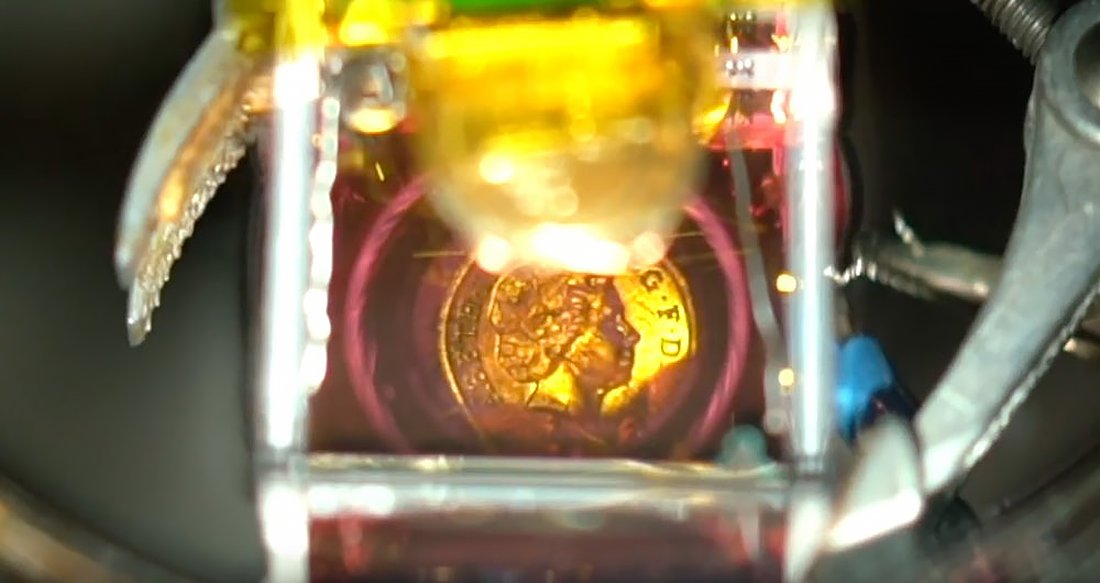
Instant Mirror
Researchers from Imperial College London have developed a material that can turn a transparent surface into a reflective one when an electric current is applied. We’ve all seen, at least in movies, one way mirrors used in police stations and spooky houses; this technology takes that idea to new levels of complexity and sophistication.
The team used gold nanoparticles, which are thousands of times smaller than the width of a single human hair, and placed them between two liquids which do not mix. When voltage is applied, the nanoparticles self-assemble into a new configuration closely together, making the surface reflective. Without the voltage, they are spaced apart, and the surface reverts to being transparent.

“This voltage drives nanoparticles to an interface, where they congregate and form a mirror. When we switch the system to a different voltage, the particles move away from the interface and the mirror disappears,” explains Anthony Kucernak, a professor in Imperial’s Department of Chemistry, to Digital Trends.
More Than Mirrors
This new application could help us see a near-future of advanced window and mirror systems. Research has already developed smart windows with the ability to self-shade, helping to regulate the temperature of a building, saving on heating and cooling costs. Yet other windows are being developed to generate solar power, potentially turning skyscrapers into solar farms.
The Imperial College team is considering commercialization of their own smart window findings, but first want to work to increase the speed of the particles’ response.
These window/mirror innovations may be exciting, but that’s not the only potential application for this tech. As New Atlas suggested, this process could be used to create tunable optical filters for telescopes to help us better understand the universe and to make chemical sensors more sensitive — in other words, providing a window through which we can better understand our world.